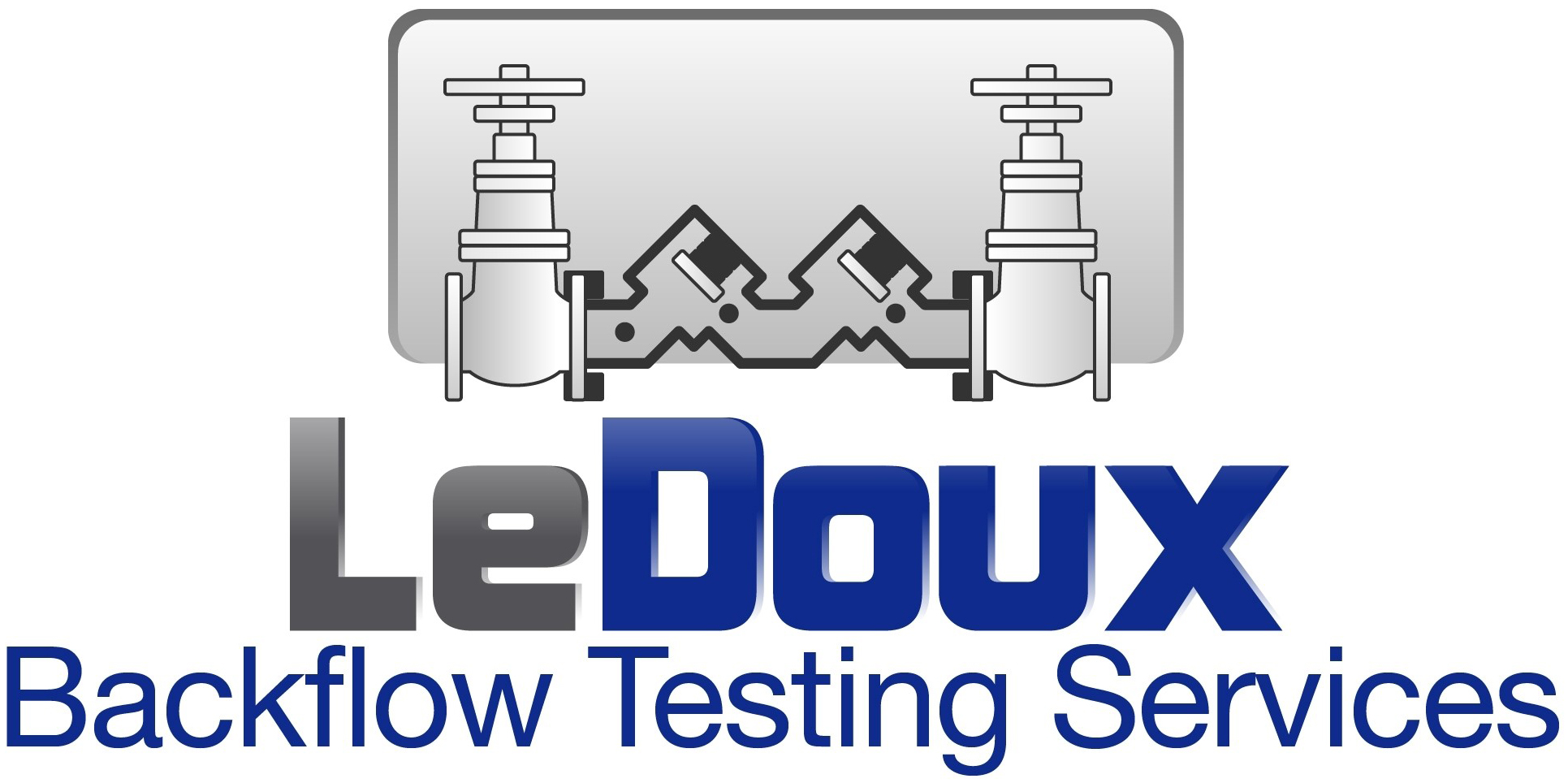FAQ
Backflow FAQs
A backflow prevention assembly is used to protect water supplies from contamination or pollution due to backflow.
In water supply systems, water is maintained at significant pressure to enable the water to flow from the tap, shower, etc. When pressure fails or drops, as may happen if a water main bursts, pipes freeze, or there is unexpectedly high demand on the water system, the lower pressure in the pipes may allow contaminated water from the ground, from storage, or from other sources to be drawn into the system.
Back pressure is another means by which contaminants can enter potable-water piping. Sources of back pressure can include pumps in the water-distribution system, boilers, heat-exchanging equipment, and power-washing equipment. These devices can present an almost-constant risk of overcoming the static water pressure in the piping. To reduce the risk of contamination, a backflow preventer can be fitted. A backflow preventer can help prevent problems that might arise when chemicals are used, for instance for commercial/industrial descaling (boilers), or when bleaches are used for residential power washing.
To prevent contamination caused by back pressure, some regulatory regimes require an air gap or mechanical backflow prevention assembly fitted between the delivery point of mains water and local storage or use. Where submerged mains inflow is permitted, a backflow prevention assembly is required. This protects the potable water system from contamination hazards. These hazards can be severe, and there are more than 10,000 reported cases of backflow contamination each year. Some cases can be fatal.
Backflow testing is done annually to ensure the safety of the public potable-water supply. Technically, “backflow” is defined as the unintentional reversal of the normal direction of flow in a potable water system, potentially resulting in the pollution or contamination of the system by a liquid, gas, solids, or mixtures of these. Backflow can occur anywhere “bad water” has the chance to mix with “good water.”
California law requires that your backflow assembly be tested by an American Water Works Association-certified tester annually. At LeDoux Backflow, we pride ourselves on keeping our clients in compliance with backflow-related regulations. Call us today to find out when your device is due for testing.
This depends on the agency. California Department of Health Services Title 17 section 7065 requires annual testing of backflow assemblies in many jurisdictions. This state law helps ensure that your backflow assembly is functioning properly while protecting our water supply and minimizing the impact on wildlife.
Yes! We install backflow assembly theft-deterrent enclosures. LeDoux Backflow is at the leading edge of backflow assembly protection and support. We have provided stellar service to the Sacramento and surrounding region for more than 15 years. Call today for information on the latest methods and options to protect your backflow assembly.
Rust and corrosion, and worn-out or inoperable parts can cause a backflow assembly to leak. This could indicate something as simple as a fouled No. 1 check valve or perhaps a more serious underlying problem that will need immediate attention so that you can avoid an even bigger problem in the future.
The most important thing to do is call LeDoux Backflow immediately to schedule an inspection.
AB-1953, which took effect Jan. 1, 2010, states that:
“No person shall introduce into commerce any pipe, pipe or plumbing fitting, or fixture intended to convey or dispense water for human consumption through drinking or cooking that is not lead-free. This includes kitchen faucets, bathroom faucets, and any other end-use device intended to convey or dispense water for human consumption through drinking or cooking, but excludes service saddles, backflow preventers for nonpotable services such as irrigation and industrial, and water distribution main gate valves that are two inches in diameter and above.”
On Jan. 1, 2010, the Department of Toxic Substance Control (DTSC) began sampling plumbing products from various wholesale and retail distributors across the state. Non‐compliance will be punished by heavy fines.
Please give us a call if you have any questions about this law and its potential impact on your backflow prevention assembly.
What is a cross connection?
A cross connection is any temporary or permanent connection between a public water system or consumer’s potable (i.e., drinking) water system and any source or system containing nonpotable water or other substances. An example is the piping between a public water system or consumer’s potable water system and an auxiliary water system, cooling system, or irrigation system.
Where are they found?
Cross connections are found in all plumbing systems. It is important that each cross connection be identified and evaluated with respect to the type of backflow protection required to protect the drinking water supply. Some plumbing fixtures have built-in backflow protection in the form of a physical air gap. However, most cross connections will need to be controlled through the installation of an approved mechanical backflow prevention device or assembly.
There are many types of mechanical backflow preventers available. Some of the most common include:
- Reduced pressure backflow assembly (RPBA)
- Reduced pressure detector assembly (RPDA
- Double check valve assembly (DCVA)
- Double check detector assembly (DCDA)
- Pressure vacuum breaker assembly (PVBA)
- Spill-resistant vacuum breaker assembly (SVBA)
- Atmospheric vacuum breaker (AVB)
To provide proper protection, a backflow preventer must be approved for backflow protection, designed for the degree of hazard and backflow it is controlling, installed correctly, tested annually by a state-certified tester, and repaired if necessary.
Please contact us for a free evaluation of your backflow device.
To schedule a test, inspection, repair, or consultation, please call us today at 916-826-8202.
